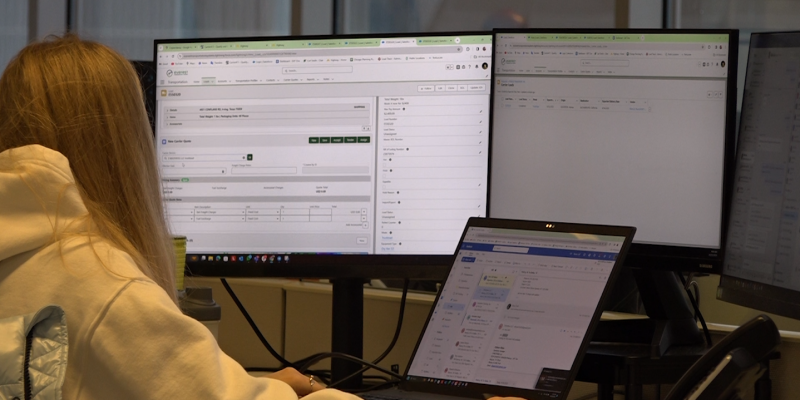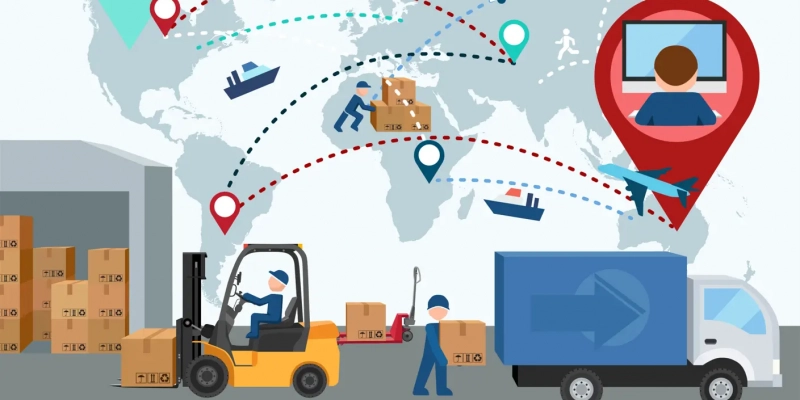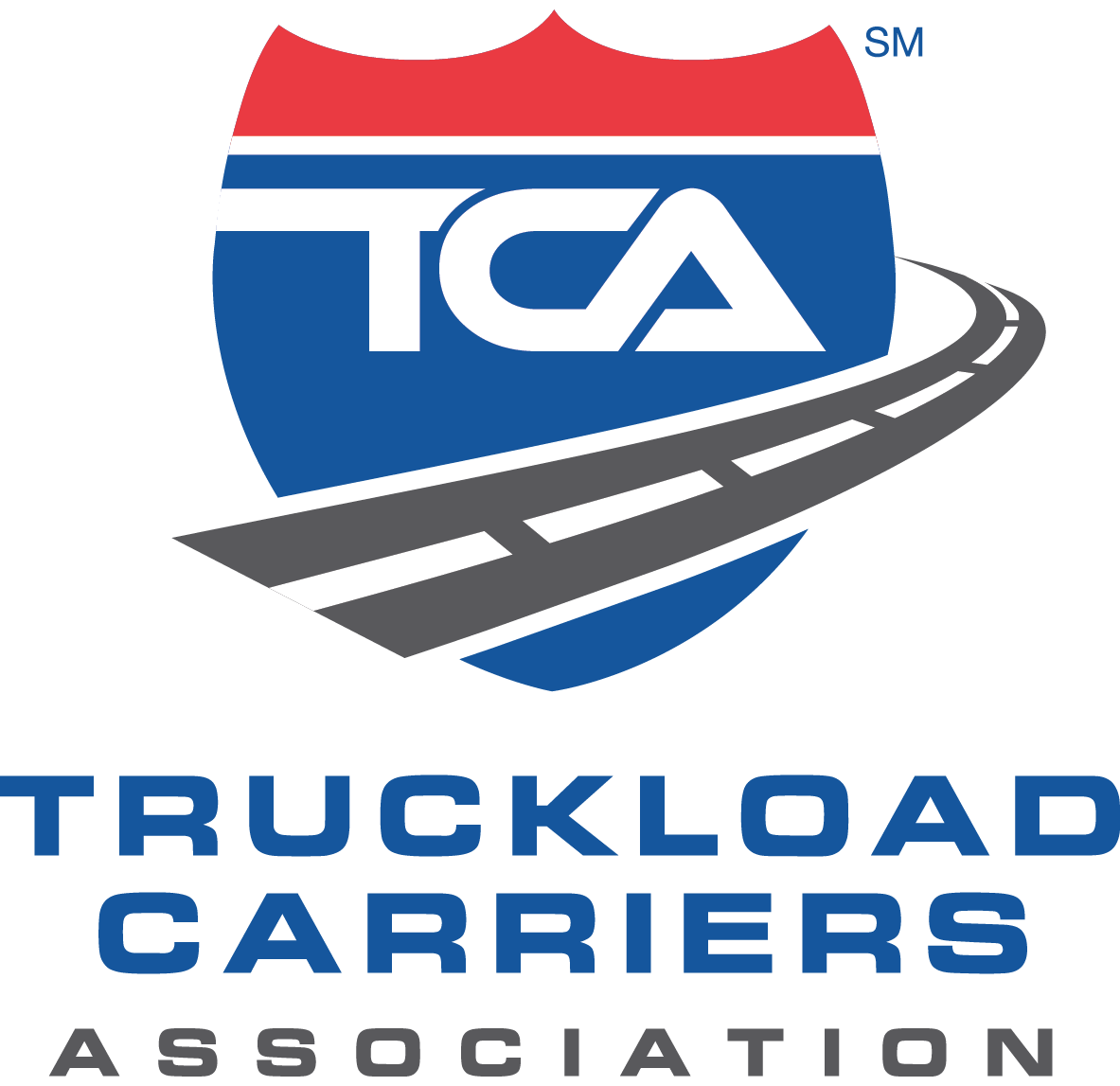Frequently Asked Questions About TMS Software
Quick Answers for Logistics Teams
Choosing a transportation management system (TMS) can feel overwhelming for logistics managers, IT teams, and business leaders. That’s why we’ve compiled direct, jargon-free answers to the most common TMS software FAQs.
If you’re a freight broker, 3PL, carrier, or shipper, you’ll find concise responses grouped by topic. Each section includes guidance and links to additional resources, including the features of a modern TMS.
About Us
Revenova is a cloud application provider of transportation management solutions for freight brokers, third-party logistics (3PL) companies, carriers, and shippers. Our solutions improve the process of moving freight by aligning customers, carriers, and coworkers more efficiently and intelligently. Our focus on collaboration delivers unprecedented business results and operational efficiency.
General TMS Questions
Before diving into detailed comparisons or pricing, it helps to start with the basics. Many companies new to transportation management systems begin with learning what a TMS actually does, how the term is used and what it means in programming contexts.
What is TMS software?

A TMS, or transportation management system, is a digital platform that helps businesses plan, execute and optimize the physical movement of goods. At its core, TMS software for logistics centralizes routing, carrier selection, freight auditing and performance tracking. By improving visibility and efficiency, TMS software enables supply chain teams to slash costs and boost customer satisfaction.
What is the meaning of a TMS tool?

A TMS tool refers to the specific applications and modules within the broader platform. These include route optimization, load planning, carrier management and reporting dashboards for example. Together, they provide a TMS: a scalable solution for businesses of all sizes
What is TMS in programming?

In programming terms, a TMS often refers to the software framework or TMS platform that integrates with other applications through APIs. Developers and IT teams can connect the TMS with ERP, CRM or warehouse systems to ensure seamless data exchange and automation.
Pricing and Subscription Details
Understanding the cost of a transportation management system is a top priority for logistics teams and financial decision-makers. Pricing models can vary widely, so it’s important to look at both the upfront expenses and the long-term value a TMS delivers.
How much does TMS software cost?
TMS software cost analysis takes several factors into account: company size, shipment volume, number of users and required integrations.
Subscription-based pricing can range from $50 per user per month for small-scale solutions to enterprise packages exceeding $100,000 annually. One-time licensing models are less common but may appeal to organizations preferring upfront investments.
Businesses evaluating cost should also consider implementation, training and ongoing support when conducting a TMS software cost analysis. When weighing these factors, companies should evaluate not just the price tag but also the potential return on investment, since effective TMS adoption often leads to measurable cost savings and operational improvements.

What subscription plans are available?
Most vendors offer tiered TMS software subscription plans. These often include:
- Basic packages for small businesses focusing on shipment visibility.
- Mid-tier plans with freight audit, billing and reporting.
- Enterprise solutions that include AI-powered analytics, sustainability tools, and advanced integrations.
For example, Salesforce-native options are one of the key reasons brokers choose Revenova.

Operational Benefits and Features
From cutting costs to enhancing visibility, the advantages of TMS software go beyond efficiency to create real business value.
How does TMS software benefit logistics operations?
The benefits of TMS software include reduced freight spend, faster delivery times, improved customer service and sustainability gains through smarter routing. These improvements directly address common challenges such as unpredictable delivery times, rising fuel costs and the pressure to meet customer expectations in competitive markets.
Companies using cloud-based TMS software like Revenova TMS report fewer manual errors and greater agility when responding to supply chain disruptions.
What are the key features of TMS software?
Core TMS software features include:
- Route and load optimization
- Carrier rate management
- Freight auditing and payment
- Shipment visibility and tracking
- Customizable reporting (including Excel-based outputs)
- Integration with warehouse management systems
These TMS software capabilities drive efficiency and visibility, helping companies stay competitive in complex markets.
Vendor Selection and ROI of TMS Software
With a wide range of options available today, careful vendor evaluation is key.
How do different TMS software vendors compare?
A TMS comparison should consider scalability, ease of integration, customer support and industry specialization. Some vendors specialize in TMS software for freight management, while others focus on multi-modal logistics.
Comparing TMS software vendors helps align features with your company’s strategic needs. Taking time to compare providers ensures that organizations not only meet today’s requirements but also remain prepared for future growth and evolving logistics challenges.
What is the ROI of implementing TMS software?
The TMS software ROI typically comes from reduced freight costs, improved labor efficiency and fewer customer complaints. Industry studies show that companies can save 5–15% on freight spend within the first year. Some users have reported growth as high as 525% in the first few years of using a cloud-based TMS.
Customer Experience and Success
Reviews, feedback and real-world case studies help potential buyers understand both the strengths and common challenges of different platforms.
What do users say about TMS software?
Common TMS software reviews highlight ease of use, time savings and better decision-making. Some hiccups include steep learning curves during rollout and integration challenges with legacy systems. Gathering TMS software user feedback helps identify areas for improvement, such as training resources and customer support responsiveness.
Can you provide examples of TMS software success stories?
Global logistics providers have reported improved on-time delivery rates after TMS adoption. Mid-sized shipper TMS software case studies often cite fewer manual processes and better compliance tracking.
Revenova highlights TMS success stories and client feedback to showcase the impact of Salesforce-native solutions. Strong insights give decision-makers confidence that the technology not only delivers on promised efficiency but also provides measurable improvements in customer service and overall logistics performance.

Technology and Deployment Options
New tech like artificial intelligence (AI) continues to redefine the role of TMS software in modern logistics; staying on top of emerging tools helps businesses choose solutions that remain competitive for years to come.
What are the latest trends in TMS software?
Current TMS trends include AI-driven predictive analytics, IoT-enabled tracking and sustainability features like carbon footprint reporting. Another major development is CRM integration—platforms such as Revenova’s Salesforce-native logistics software bridge sales and operations for better collaboration.
Industry analysts also point to growth in automation and logistics technology, as detailed in the latest freight technology trends. Together, these innovations demonstrate how TMS platforms are shifting from simple transportation tools to comprehensive solutions that support long-term digital transformation strategies.
What are the different deployment options for TMS software?
Businesses can choose between cloud-based TMS software and on-premise systems. Cloud deployment offers lower upfront costs, scalability and frequent updates. On-premise systems may be suitable for highly regulated industries requiring greater control. Hybrid models are also emerging as flexible TMS software deployment options.
Ready to Explore Revenova TMS?
Still have questions after these TMS software FAQs? The best next step is to see Revenova TMS in action:
- Speak with a TMS expert to explore custom solutions.
- Learn how Salesforce-native functionality enhances logistics operations.
- Fast-track your decision-making with a live walkthrough.
Schedule your personalized demo of Revenova TMS today or get in touch with our team for more details.





Solutions


